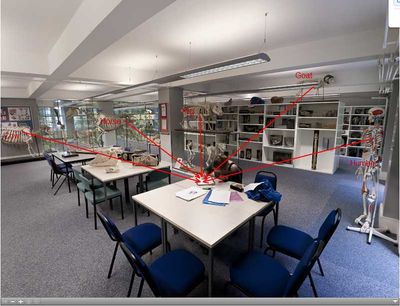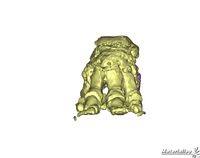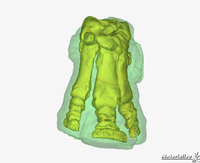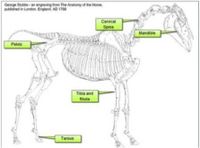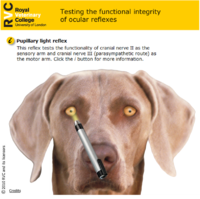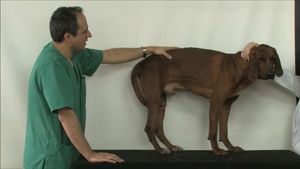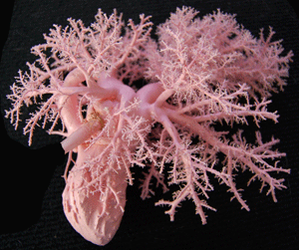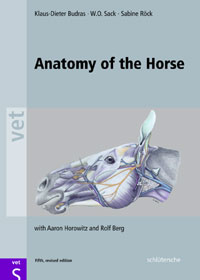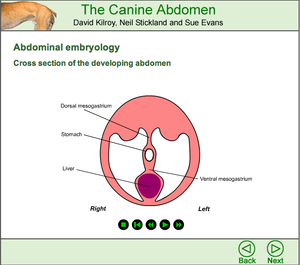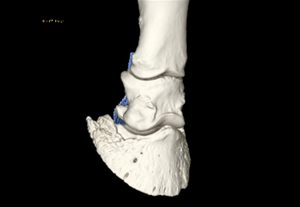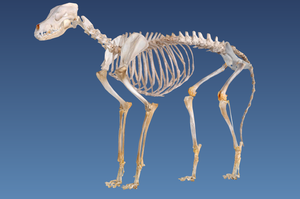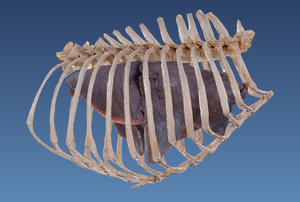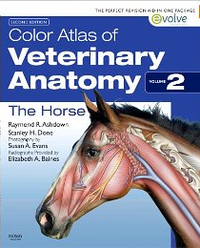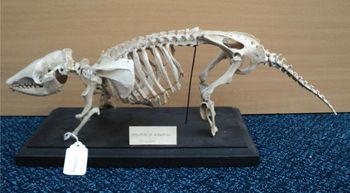OVAM
Introduction
The Online Veterinary Anatomy Museum (OVAM) project was recently awarded funding by JISC. The official start of the project was the 1st November 2011 and it will run for 12 months.
The project will aim to provide access to veterinary anatomical resources in the form of a virtual museum. All UK vet schools are partners in the project as well as other European vet schools and commercial partners. The museum will be hosted within the WikiVet platform.
OVAM will provide access to a comprehensive and pedagogically structured set of veterinary anatomical resources from UK veterinary schools and other institutions. These will be aggregated and ordered in an environment which will make them easily discoverable by different cohorts of learners. Key to the success of this project will be the development of effective methodologies to embed and integrate these materials within a traditional curriculum to maximise exposure, uptake and sustainability.
For more information please see the OVAM Project Proposal Summary.
If you would be interested in collaboration with us, please do not hesitate to get in touch with Bara or Gemma
Visit our blog
Opening Event
The opening event for OVAM will be on the 9th December 2011 at the Royal Veterinary College's Hawkshead Campus. For more information please see the agenda. If you would like to attend please email Bara, places are limited.
| |||||||||||||||||||||||||||||
| This project was funded by the Jisc Content Programme for 2011-13. Jisc inspires UK colleges and universities in the innovative use of digital technologies, helping to maintain the UK's position as a leader in education and research. |
